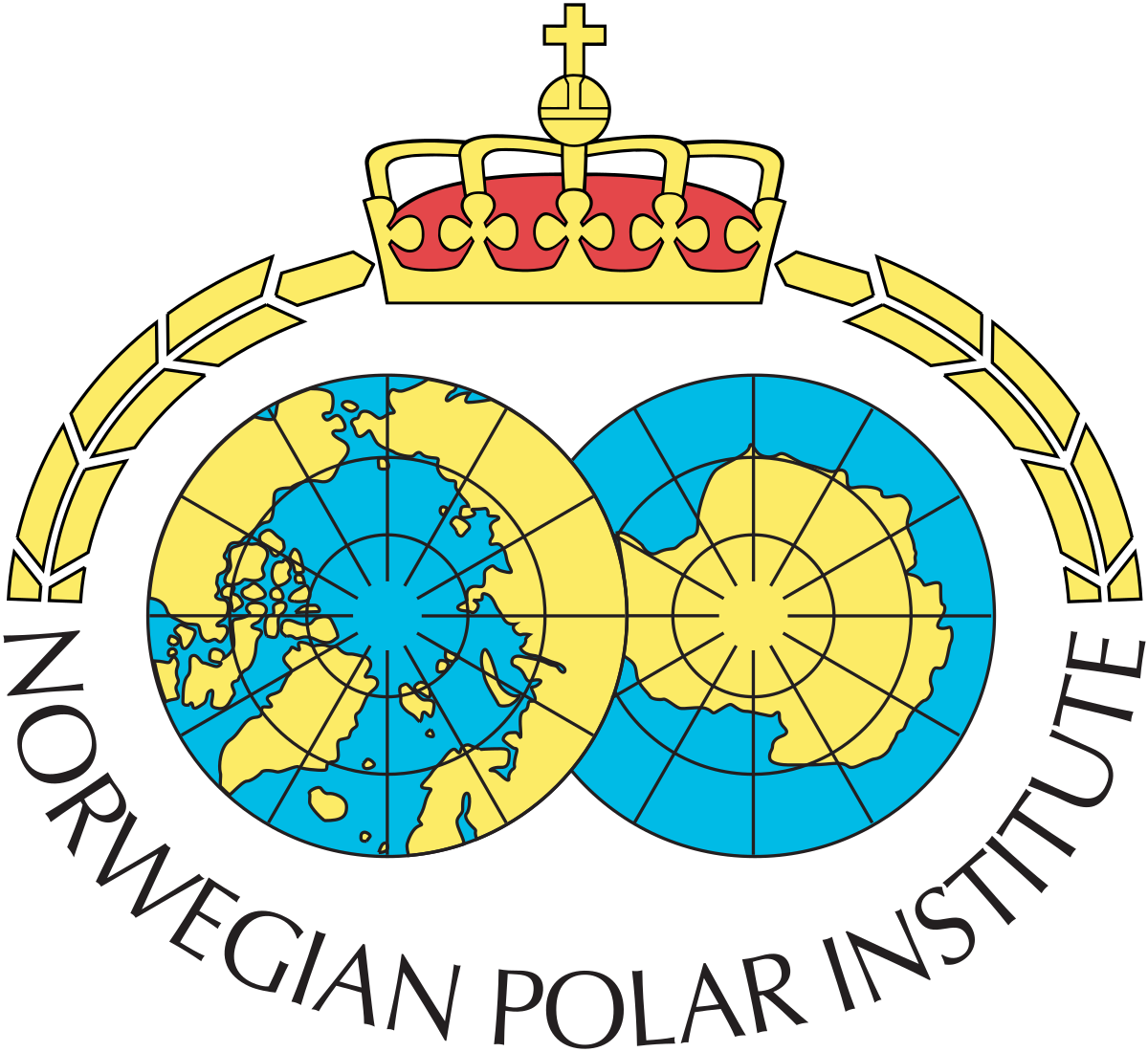Polar Outreach Catalogue

Polar Outreach Catalogue
Land Based Anthropogenic Impact of Coarse Particles on Antarctic Shelf
Physical properties and chemical composition of boundary layer aerosol shall be measured on board and near various stations. Sample collection shall be carried out in two regions. One is from CapeTown to India Bay (3800 km) in Antarctica, and in the second region from India Bay to Davis station at 800 S in the stretch of around 3500 km. Elemental composition, particle size distribution and concentration shall be carried out along with the identification of coarse aerosol. Local and cumulative environmental effect, with special reference to accumulation of the particle and its impact on the flora of the area, shall be studied. To verify the trajectory of the particles, a Meso Scale air quality prediction model shall be utilized. Recent studies have shown that the frozen surface is reactive in polar region and photochemical transformations of anthropogenic organic contaminants in ice have also been observed. The production of NOx results from nitrate ion photolysis within the snow. The release of these photochemically generated species has been shown to have significant impacts on the chemistry of the overlying atmosphere. Organic carbon level shall also be analysed from the samples collected of snow, water and biomass
NCAOR
India
no timeline given
Antarctic
Yes, all of it
Online survey


